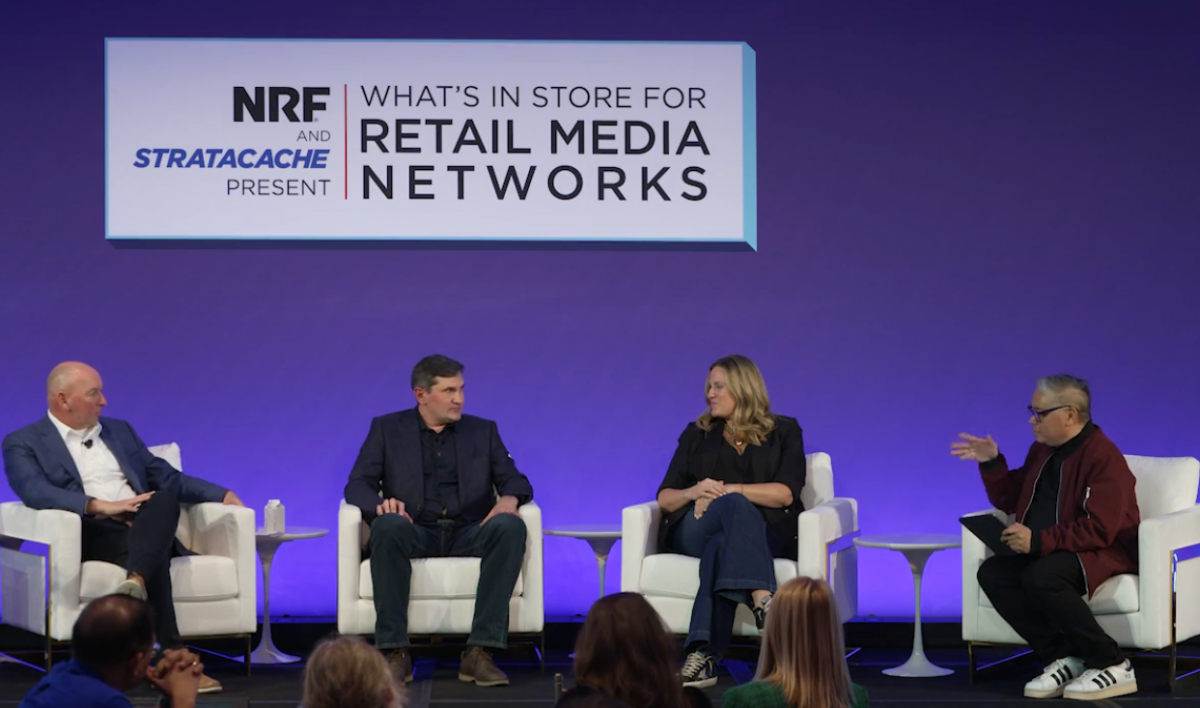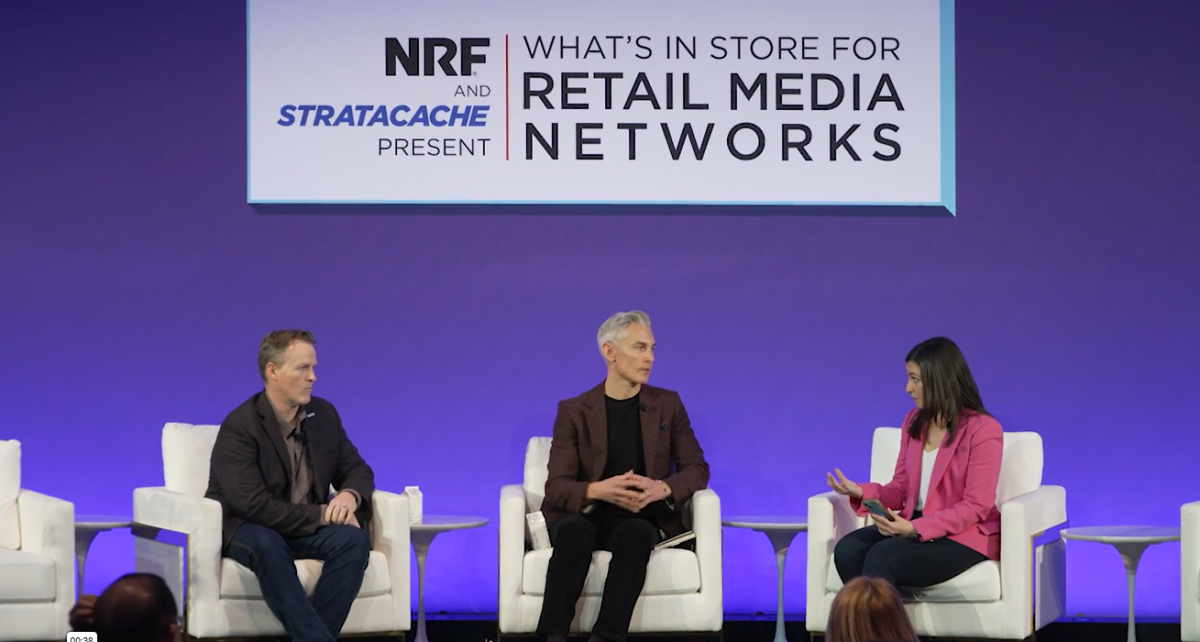Unlocking the Power of Retail Media Measurement
Retail media is evolving rapidly, but one of its most pressing challenges remains measurement — proving the effectiveness of in-store and digital activations to both retailers and advertisers. During the What’s In Store for Retail Media Networks event, an expert panel explored how brands can leverage data, optimize in-store experiences, and drive real ROI. The discussion, hosted by Manolo Almagro, Senior Director of Customer Experience and Innovation at Publicis Sapient, featured industry leaders Kelly Torgeson, Director of Media & Customer Marketing at Walgreens Advertising Group, Nik Rochnik, Senior Director of Retail Media at Albertsons Media Collective, and Ben Reynolds, VP of Business Development at Walkbase. Here are the key takeaways from the discussion.
The Customer Experience Comes First
Retail media is more than just a vehicle for advertising — it’s a tool for enhancing the in-store shopping experience. Kelly highlighted the Walgreens brand’s responsibility to educate customers at key decision points. Whether it’s providing information on product benefits, loyalty incentives, or limited-time offers, in-store media plays a crucial role in fostering confidence and convenience for shoppers.
Nik pointed out that contextual relevancy is key. Just as digital ads are placed near relevant content online, in-store ads should be positioned strategically — close to the products they promote. The challenge, however, is ensuring that media doesn’t overwhelm shoppers. Testing, data-driven optimizations, and customer feedback are critical to maintaining a seamless experience.
Retail Media’s Impact on Sales and Basket Size
Beyond enhancing the shopping experience, retail media has a direct influence on basket size and overall sales. By integrating digital screens, shelf talkers and loyalty program promotions, retailers can encourage trade-ups, introduce new products and increase purchase urgency. Walgreens, for example, has seen success in using media to highlight innovation and drive category growth.
Ben from Walkbase noted that well-placed, high-impact visual content — such as endcap displays and digital signage — can significantly boost sales at the point of purchase. When combined with data on customer behavior, retailers can create a more curated and compelling shopping journey.
The Power of First-Party Data in Measurement
One of the biggest advantages retail media has over traditional digital advertising is access to first-party data. Retailers like Walgreens leverage loyalty programs with millions of members to track shopping habits, predict needs, and personalize media placements.
Kelly shared how Walgreens’ loyalty insights allow them to connect digital engagement with in-store purchases — helping brands understand which activations drive real conversions. This data-driven approach enables brands to refine messaging, optimize placements, and create more effective omnichannel campaigns.
Bridging the Gap Between In-Store and Digital Measurement
Measuring retail media’s effectiveness requires integrating in-store and digital data. Traditionally, digital advertising benefits from detailed impression tracking, but in-store media presents a different challenge — how do you know if a shopper saw an ad and made a purchase?
Nik explained that while browsers and apps provide built-in data tracking, in-store environments require innovative solutions. Technologies like AI-driven analytics and path-to-purchase tracking help infer ad exposure and measure its impact on sales.
Ben emphasized the need for industry-wide standardization in retail media measurement. As retailers ask brands to invest more, they must provide transparent and consistent metrics to justify those investments. He pointed to the work being done by the IAB as a step toward more reliable measurement standards.
AI and Machine Learning: The Next Frontier in Retail Media
The panel also discussed how AI and machine learning will transform retail media measurement. Nik predicted that once in-store attribution signals reach scale, machine learning models will drive campaign optimization — automatically identifying the best times, placements, and audience segments for in-store ads.
For example, AI can detect patterns such as certain products selling better in the morning versus the evening, and can adjust ad targeting dynamically. This data-driven automation will make in-store media as precise and efficient as its online counterpart, unlocking new opportunities for retailers and advertisers alike.
Final Thoughts
Retail media’s potential is immense, but its success hinges on effective measurement. By prioritizing customer experience, leveraging first-party data, integrating digital and in-store insights, and embracing AI-driven optimization, retailers can unlock the full power of their media networks.
As the industry moves toward more transparent and standardized measurement, retail media will continue to grow as a powerful driver of both brand awareness and sales. The industry panel made it clear: the future of retail media measurement is about precision, integration, and delivering tangible value to both shoppers and advertisers.








